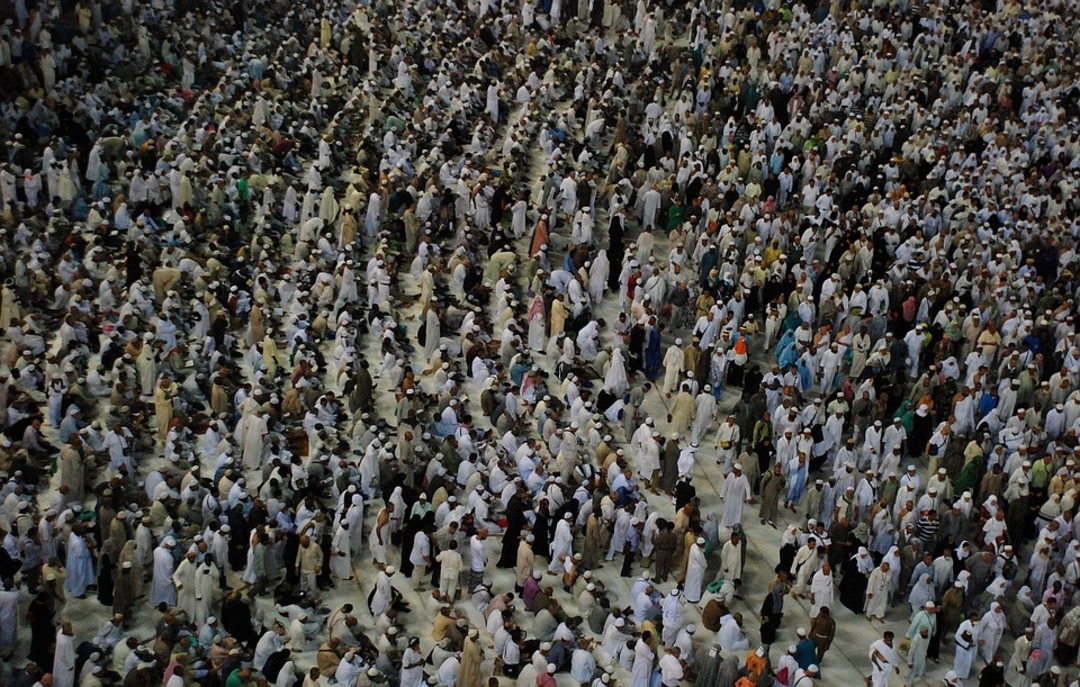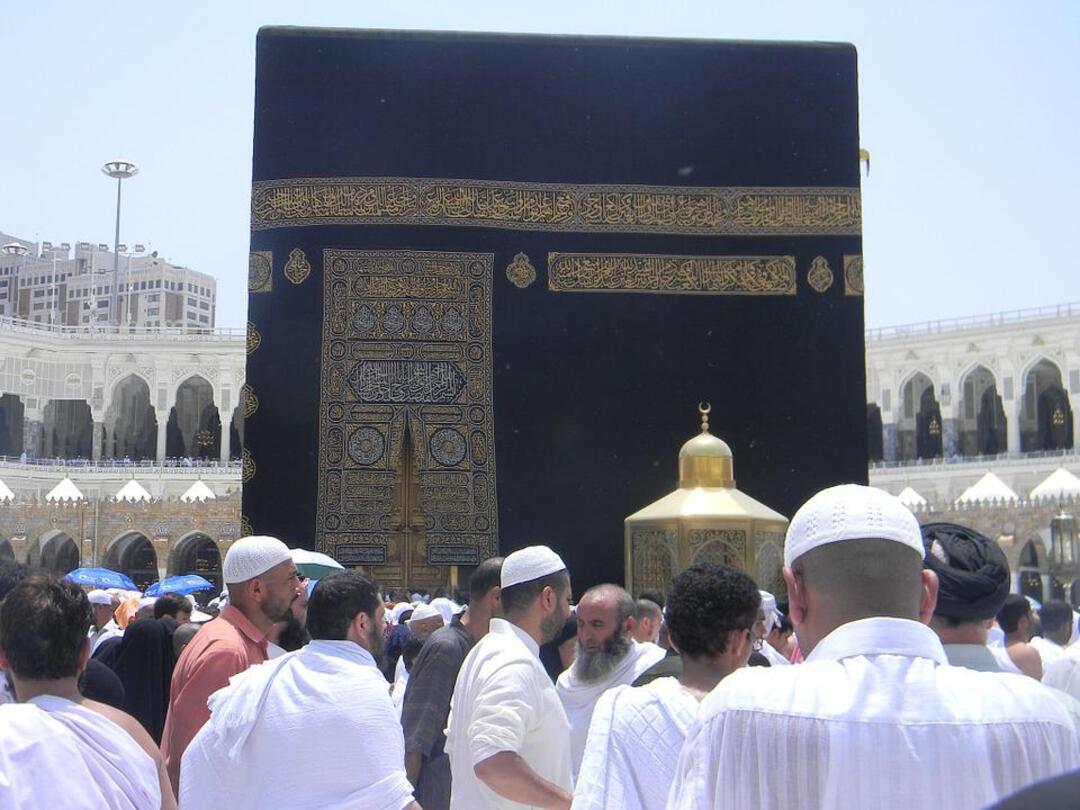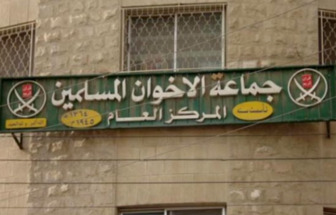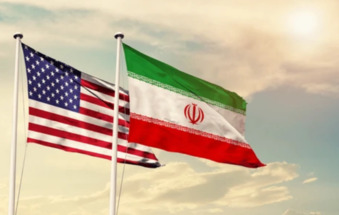-
Saudi Arabia calls on Muslims to sight Dhu al-Hijjah crescent moon

The official Saudi Press Agency reported on Monday (June 27) Saudi Arabia’s Supreme Court has called on all Muslims in the Kingdom to sight the Dhu al-Hijjah crescent moon on Wednesday (June 29) evening.
The sighting of the moon marks the beginning of the Dhu al-Hijjah Islamic month in which the Hajj pilgrimage is performed followed by Eid al-Adha.
The Supreme Court requested those who sight the moon, whether through the bare eye or through telescopes, to report to the nearest court and register their testimony.
The Muslim religion follows a lunar calendar which comprises of 12 months in a year of 354 or 355 days. Sighting a crescent moon heralds the start of the fasting month of Ramadan, which falls on the ninth month of the Islamic calendar, and Eid al-Fitr which marks the end of Ramadan.

One of the five pillars of Islam, Hajj is the pilgrimage to Mecca in Saudi Arabia, which every Muslim must make at least once in their lifetime if they are able to.
Eid al-Adha marks the culmination of the hajj (pilgrimage) rites at Minā, Saudi Arabia, near Mecca, but is celebrated by Muslims throughout the world.
Saudi Arabia begins Hajj registration for citizens and residents
During Eid al-Adha, families that can afford to sacrifice a ritually acceptable animal (sheep, goat, camel, or cow) do so and then divide the flesh equally among themselves, the poor, and friends and neighbours.
This festival commemorates the ransom with a ram of the biblical patriarch Abraham’s son Ishmael—rather than Isaac, as in Judeo-Christian tradition.
levantnews-alarabiyaenglish
You May Also Like
Popular Posts
Caricature
BENEFIT Sponsors BuildHer...
- April 23, 2025
BENEFIT, the Kingdom’s innovator and leading company in Fintech and electronic financial transactions service, has sponsored the BuildHer CityHack 2025 Hackathon, a two-day event spearheaded by the College of Engineering and Technology at the Royal University for Women (RUW).
Aimed at secondary school students, the event brought together a distinguished group of academic professionals and technology experts to mentor and inspire young participants.
More than 100 high school students from across the Kingdom of Bahrain took part in the hackathon, which featured an intensive programme of training workshops and hands-on sessions. These activities were tailored to enhance participants’ critical thinking, collaborative problem-solving, and team-building capabilities, while also encouraging the development of practical and sustainable solutions to contemporary challenges using modern technological tools.
BENEFIT’s Chief Executive Mr. Abdulwahed AlJanahi, commented: “Our support for this educational hackathon reflects our long-term strategic vision to nurture the talents of emerging national youth and empower the next generation of accomplished female leaders in technology. By fostering creativity and innovation, we aim to contribute meaningfully to Bahrain’s comprehensive development goals and align with the aspirations outlined in the Kingdom’s Vision 2030—an ambition in which BENEFIT plays a central role.”
Professor Riyadh Yousif Hamzah, President of the Royal University for Women, commented: “This initiative reflects our commitment to advancing women in STEM fields. We're cultivating a generation of creative, solution-driven female leaders who will drive national development. Our partnership with BENEFIT exemplifies the powerful synergy between academia and private sector in supporting educational innovation.”
Hanan Abdulla Hasan, Senior Manager, PR & Communication at BENEFIT, said: “We are honoured to collaborate with RUW in supporting this remarkable technology-focused event. It highlights our commitment to social responsibility, and our ongoing efforts to enhance the digital and innovation capabilities of young Bahraini women and foster their ability to harness technological tools in the service of a smarter, more sustainable future.”
For his part, Dr. Humam ElAgha, Acting Dean of the College of Engineering and Technology at the University, said: “BuildHer CityHack 2025 embodies our hands-on approach to education. By tackling real-world problems through creative thinking and sustainable solutions, we're preparing women to thrive in the knowledge economy – a cornerstone of the University's vision.”
opinion
Report
ads
Newsletter
Subscribe to our mailing list to get the new updates!






















